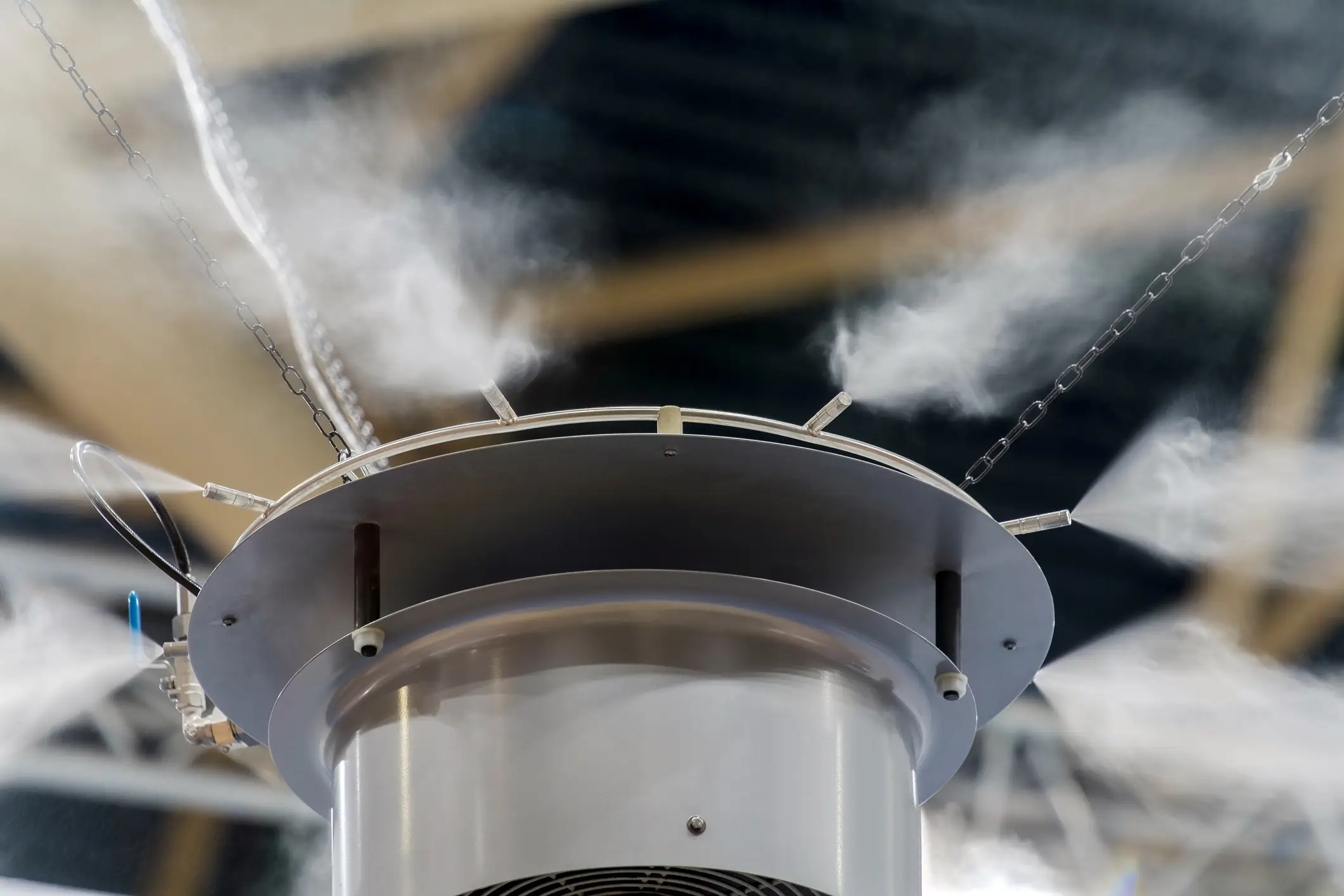Exploring the Role of Moisture Control in Building Recovery
When buildings suffer water damage, quick and effective drying is crucial. One of the most effective tools for this process is a dehumidifier. These devices help control indoor moisture levels, making them indispensable after events like floods or leaks. They work by removing excess humidity from the air, which accelerates the drying of structures such as walls, floors, and ceilings. Understanding how dehumidifiers function can help you make informed decisions during restoration efforts.
The Importance of Moisture Removal
Excess moisture in a building can lead to numerous issues. It promotes mold growth and weakens structural elements over time. Effective moisture removal prevents these problems, ensuring a safe environment. By using dehumidification, professionals can significantly reduce drying times. This method is more efficient than natural evaporation alone, as it actively pulls moisture out of materials, restoring balance to the affected area.
The Science Behind Dehumidifiers
Dehumidifiers work by drawing humid air into their system. Inside, air passes over cooling coils, where condensation occurs. This process effectively separates moisture from the air. The dry air is then released back into the room, while collected water is removed. Through dehumidification, this cycle repeats until optimal humidity levels are achieved. This method not only speeds up drying but also helps prevent secondary damage caused by prolonged exposure to moisture.
Choosing the Right Equipment
Selecting an appropriate dehumidifier depends on factors like room size and humidity levels. For larger areas or severe moisture issues, industrial-grade machines might be necessary. These units offer higher capacity and efficiency compared to residential models. It’s essential to consider your specific needs to ensure effective moisture management. Consulting with professionals can provide guidance on equipment selection tailored to your situation.
Steps for Using Dehumidifiers Effectively
- Assess the extent of water damage and identify affected areas.
- Select the right type and size of dehumidifier for your space.
- Position dehumidifiers strategically to maximize coverage and airflow.
- Monitor humidity levels regularly to track progress.
- Adjust settings based on environmental changes to maintain efficiency.
Avoiding Common Mistakes
Improper use of dehumidifiers can hinder drying efforts. Avoid placing units too close to walls or obstructions, as this limits airflow. Ensure that windows and doors remain closed to keep external humidity from entering. Regular maintenance of dehumidifiers is also vital for performance, including cleaning filters and emptying water reservoirs promptly. Following these practices ensures optimal results and prolongs equipment life.
Benefits of Professional Assistance
While DIY approaches can be effective, professional services offer numerous advantages. Experts bring experience and equipment designed specifically for large-scale jobs. They can assess unique scenarios and deploy solutions quickly, minimizing downtime. Hiring professionals often means access to advanced technology, enhancing overall effectiveness in challenging conditions.
Understanding Cost Factors
The cost of using dehumidifiers varies based on several factors: equipment type, rental duration, and severity of water damage all play roles. While upfront costs may seem high, consider long-term benefits like preventing mold growth and preserving structural integrity. Investing in proper drying methods saves money by reducing potential repair expenses later.
Pursuing Optimal Building Recovery Solutions
For those facing water damage challenges, S R S Water Damage offers expert assistance in Stamford, CT. Our team specializes in providing reliable solutions that prioritize safety and effectiveness. Contact us at (203) 406-9962 for comprehensive support tailored to your needs.

